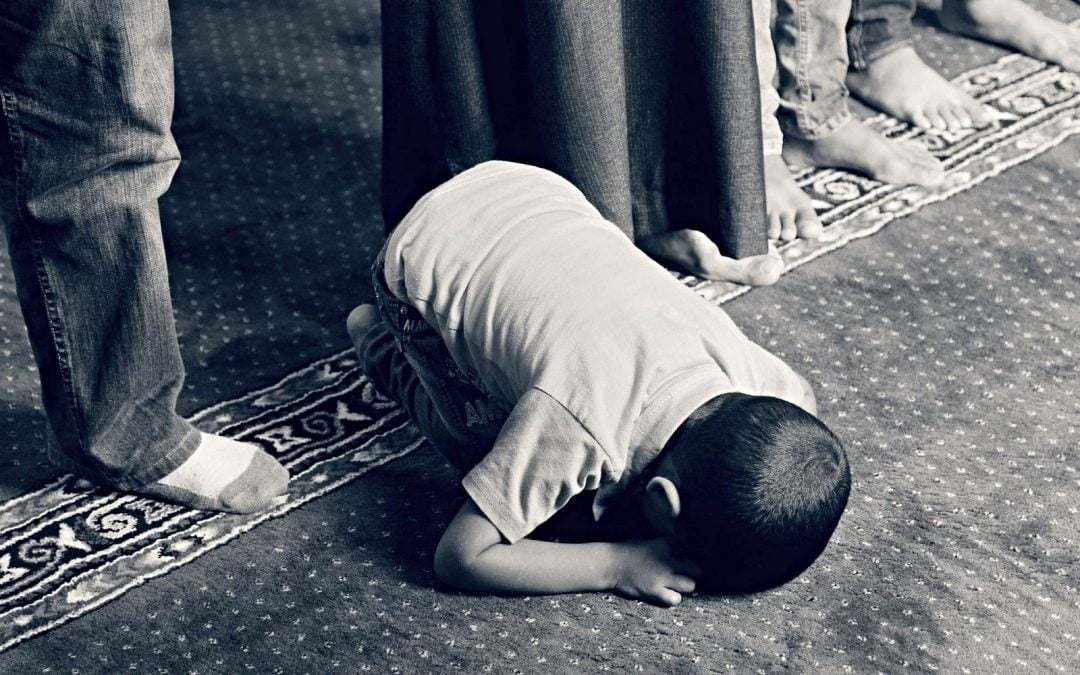The number of countries with significant government restrictions on religious liberty declined slightly in 2017, yet levels remain well above those from a decade ago.
And the number of nations with high levels of social hostility toward religion increased.
These are two key takeaways from Pew Research Center’s 10th annual report on religious restrictions and social hostilities published July 15.
Pew uses a Government Restrictions Index (GRI) and the Social Hostilities Index (SHI) to analyze and score nations.
The more “yes” responses to survey questions, the higher the total score for the nation in question; higher scores indicate more significant government restrictions on, and social hostility toward, religion.
GRI survey questions included, “Is public preaching by religious groups limited by any level of government?”
The SHI survey involved questions such as, “Were there incidents of hostility over proselytizing?”
In 2017 (the latest year for which data is available), 52 nations had “high or very high” levels of restrictions on religious faith and practice, representing 26% of the 198 nations assessed.
While this is down from 55 nations in 2016 (28% of nations surveyed), the number of nations with high-level restrictions stood at 40 (20%) in 2007.
Examples of government restriction include requiring religious groups to register in order to practice their faith and favoring certain faith traditions over others.
“Levels of government limits on religious activities and government harassment of religious groups are somewhat lower. But they also have been rising over the past decade – and in some cases, even more steeply,” the report said.
“For instance, the average score for government limits on religious activities in Europe (including efforts to restrict proselytizing and male circumcision) has doubled since 2007, and the average score for government harassment in the Middle East-North Africa region (such as criminal prosecutions of Ahmadis or other minority sects of Islam) has increased by 72%.”
Worldwide, all four GRI categories Pew uses to assess religious restriction levels – favoritism of religious groups, general laws / policies, harassment of religious groups, and limits on religious activity – have seen an increase in the global mean score since 2007.
The number of countries with high levels of social hostility related to religion rose from 54 (27% of nations surveyed) to 56 (28%) from 2016 to 2017.
Examples of social hostility include violence toward religious groups by individuals and organizations as well as interreligious conflict.
Globally, three of four SHI categories used to assess the level of social hostility toward religion – individual/social group harassment, religious violence by organized groups, and hostilities related to religious norms – have seen an increase in the global means score over the past decade. Only the category of interreligious tension and violence has declined.
“These trends suggest that, in general, religious restrictions have been rising around the world for the past decade, but they have not been doing so evenly across all geographic regions or all kinds of restrictions,” Pew summarized.
“The level of restrictions started high in the Middle East-North Africa region, and is now highest there in all eight categories measured by the study. But some of the biggest increases over the last decade have been in other regions, including Europe – where growing numbers of governments have been placing limits on Muslim women’s dress – and sub-Saharan Africa, where some groups have tried to impose their religious norms on others through kidnappings and forced conversions.”
The full report is available here. An interactive chart of changes since 2007 is available here.


